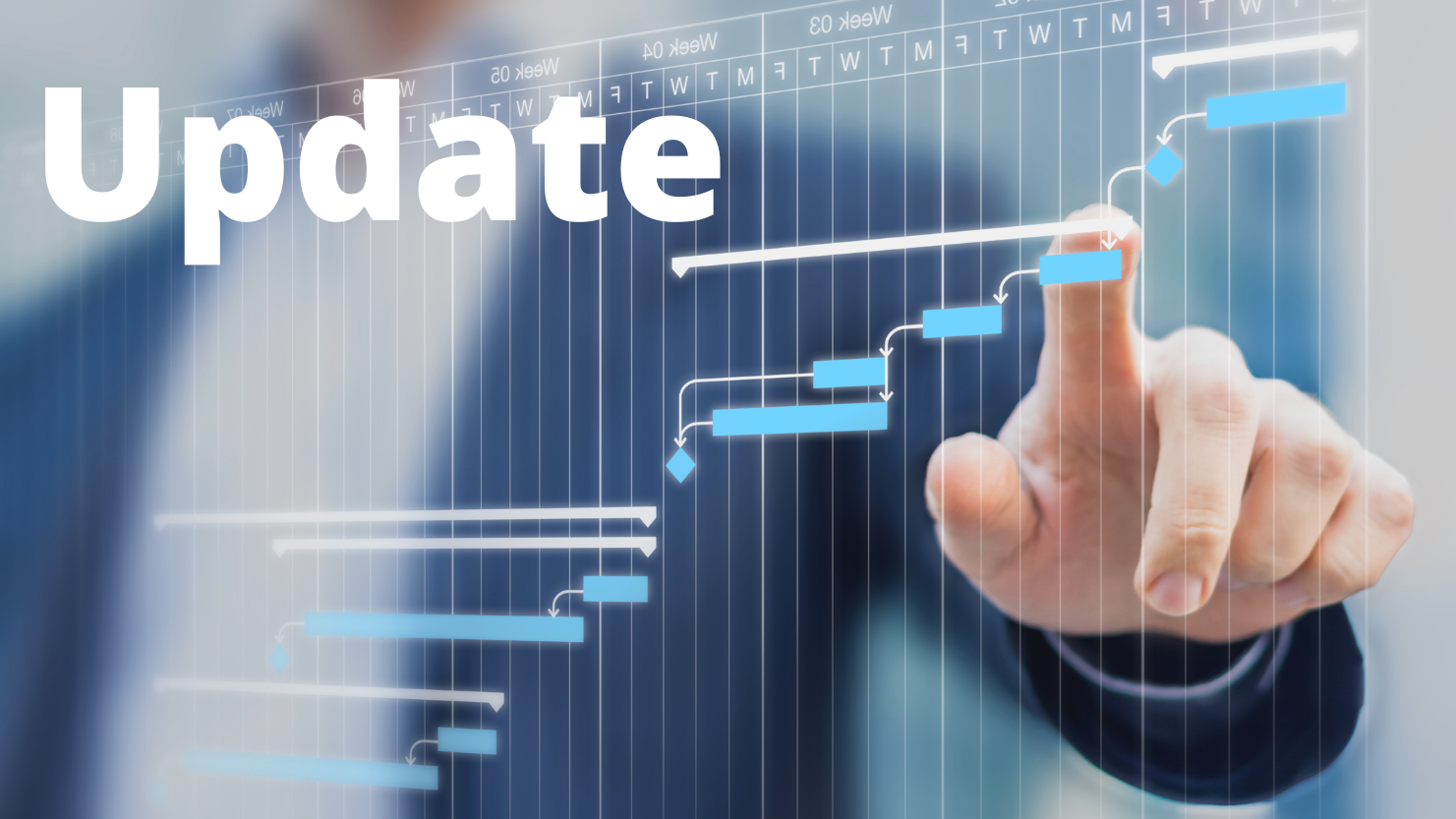Effective Chemical Registration Management: A Practical Guide

In our post Data Sharing in the Process Industry: Rules and Principles we introduced key data sharing concepts. They are increasingly important due to the emergence of REACH-like regulations. Now, we're taking the next step: applying these concepts to the practical process of chemical registration.
From Decision to Practice
In this guide, we’ll walk you through the practical steps of the registration process, highlighting key actions and essential practices. Each step includes a checklist to ensure you cover the necessary aspects efficiently.
Step 1: Initial Assessment and Registration Decision
Evaluate your substance portfolio and identify which substances require registration. Make informed decisions at this stage to develop a successful registration strategy.
✔️ Evaluate your substance portfolio and determine which chemicals require registrations
✔️ Determine the applicable regulation (e.g., REACH, KKDIK, UK REACH) for each chemical
Step 2: Pre-Registration Planning
Plan your pre-registration, organize resources, and understand your obligations. This phase helps to set a clear timeline and anticipate challenges in the registration process.
✔️ Confirm your role (manufacturer, importer, or downstream user)
✔️ Determine your annual tonnage band and the registration deadline based on tonnage
✔️ Assess if you need an Only Representative (OR) for non-EU registration
✔️ Estimate the initial budget and timeline for the registration process
Step 3: Data-gap Analysis
Compare the available data against regulatory requirements to identify information gaps.
✔️ Review regulatory requirements and compile existing chemical data
✔️ Identify data gaps and assess the quality/reliability of available information
✔️ Determine strategies to fill gaps (e.g., new studies, read-across, QSAR)
✔️ Prioritize data acquisition based on deadlines, costs, and importance
Step 4: Collaboration and Data Sharing
Identify other companies that register the same chemical. Join the appropriate registration group for your substance to collaborate and share data, costs, and efforts.
✔️ Identify the relevant registration group or Substance Information Exchange Forum (SIEF)✔️ Join the registration group and establish communication with co-registrants
✔️ Participate in data sharing negotiations and cost-sharing agreements
✔️ Determine roles within the joint submission (e.g., lead registrant, member)
Step 5: Dossier Preparation
Compile all necessary information into a comprehensive registration dossier. Attention to detail is essential to ensure compliance with regulatory requirements.
✔️ Collect and organize all required data based on the tonnage band
✔️ Prepare the technical dossier using the appropriate software
✔️ Develop a Chemical Safety Report if required (e.g., for REACH >10 tons/year)
✔️ Ensure all data is accurately reported and properly referenced
Step 6: Dossier Submission
Finalize your registration package to submit the dossier to the relevant authority. Carefully review the submission requirements to ensure acceptance.
✔️ Conduct a final check of the dossier using validation assistants
✔️ Calculate and prepare for registration fees
✔️ Submit the dossier through the appropriate portal (e.g., REACH-IT for REACH)
✔️ Monitor for confirmation of submission and any immediate feedback
Step 7: Post-Submission & Registration Maintenance
Compliance with evolving regulations is essential for ongoing market access. Monitor feedback from authorities and maintain your registration post-submission.
✔️ Monitor authority requests for additional information and respond promptly
✔️ Keep your registration dossier up-to-date with any new information
✔️ Prepare for potential dossier or substance evaluation by authorities
Conclusion
Effectively managing registrations and their data, including data sharing, is key to navigating registration processes under REACH-like regulations. Companies can make their registration efforts smoother, cut costs, and stay compliant.
How opesus can help: For organizing and preparing your data efficiently, Registra offers a user-friendly solution: "One place, work smart, work together." Simplify your data sharing with LoA Market—our platform makes exchanging data between companies straightforward and affordable.


